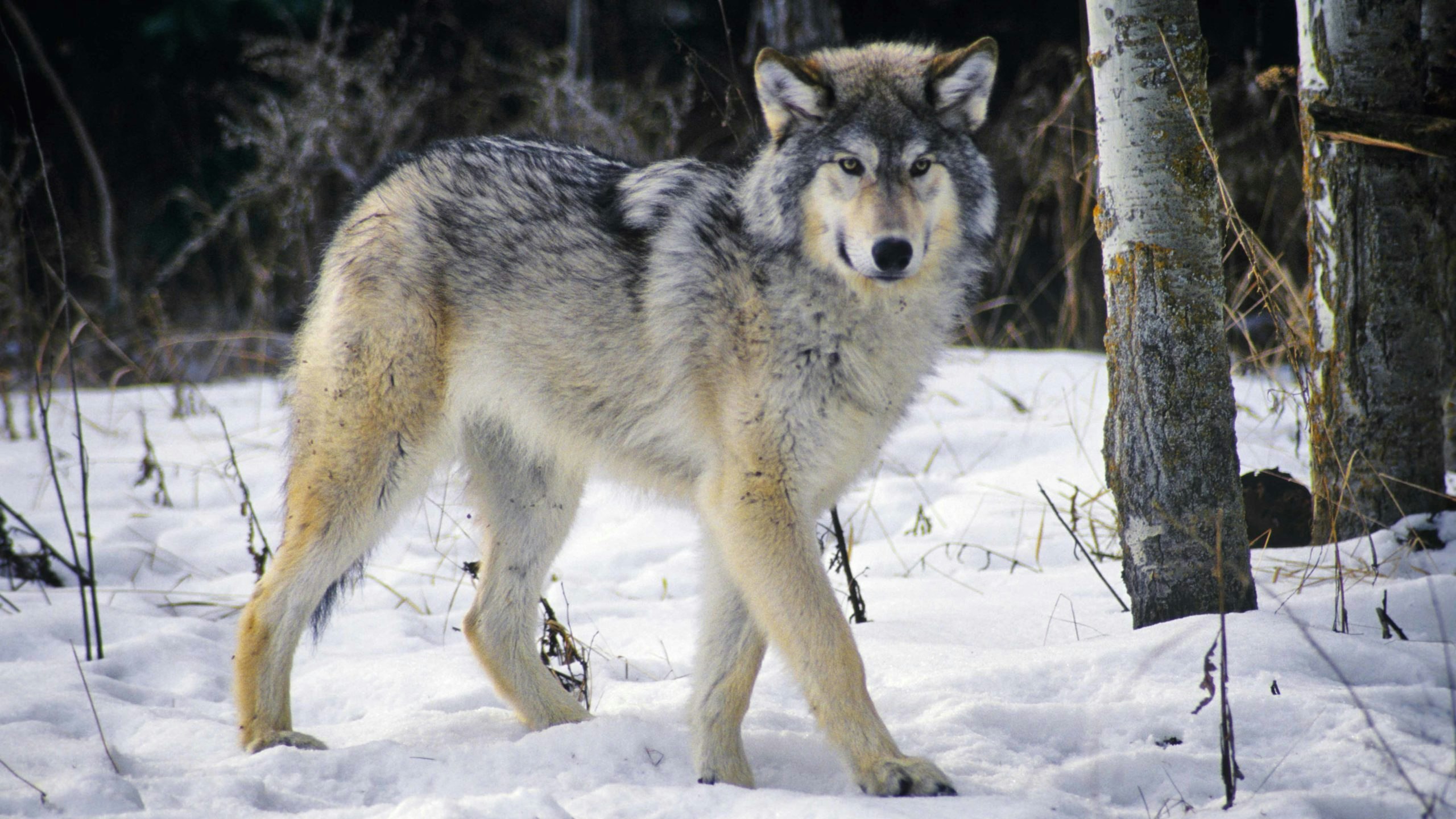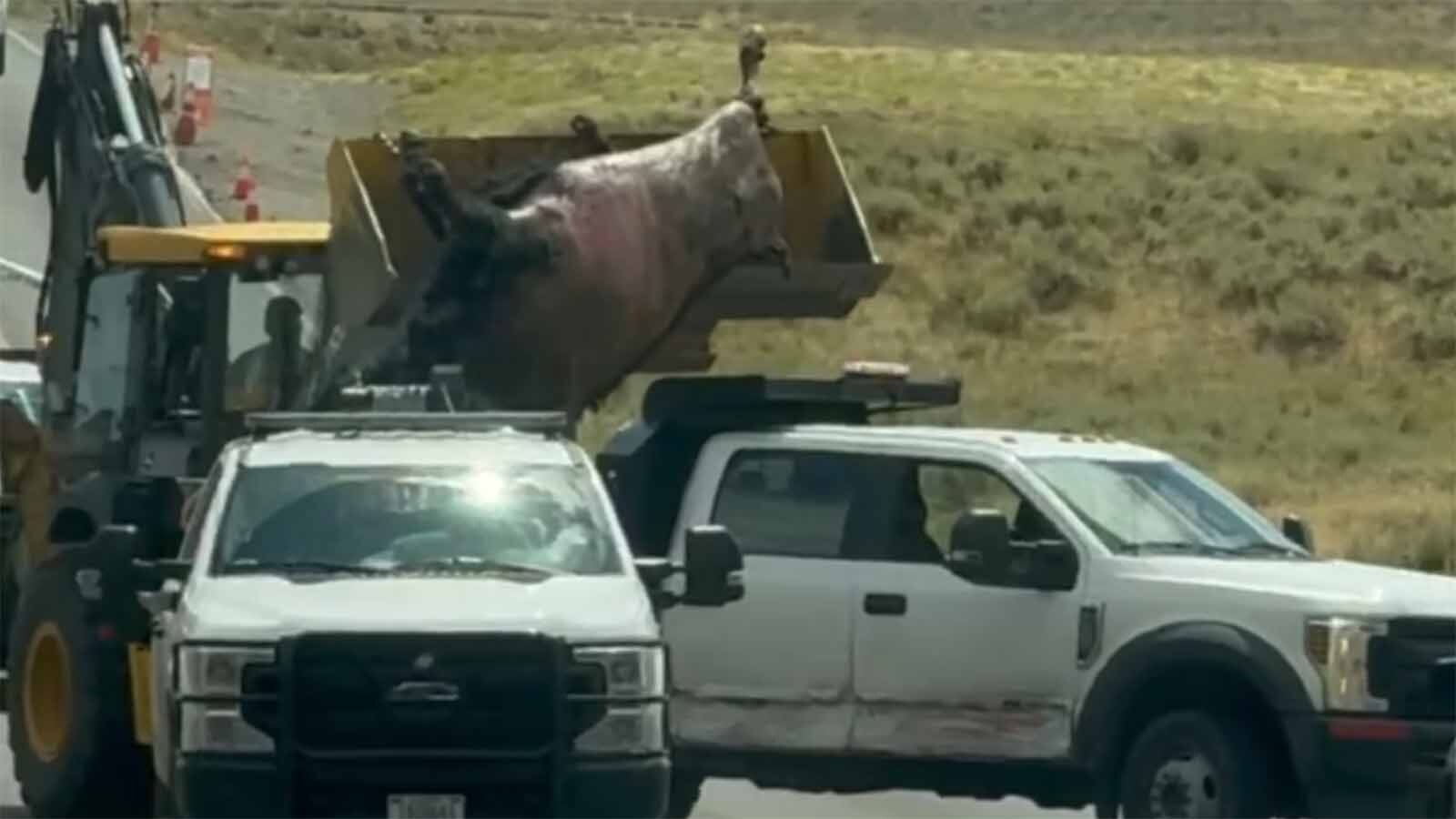About four years ago, Johnny Bergeson – an avid hunter and hunting guide from Laramie – watched a wolf from the cab his pickup.
Bergeson, his pickup and the wolf were in southern Wyoming’s Wick/Beumee Wildlife Habitat Management Area.
“I was driving up the main road,” Bergeson told Cowboy State Daily. “He ran alongside the road, right in front of me, for quite a ways.”
Bergeson has extensive experience hunting and guiding in backcountry regions with known established wolf packs, so he knows what he saw. However, the management zone he was in that day is commonly called “Wagonhound” because of its proximity to the Wagonhound Rest Area near the Arlington Exit off of Interstate 80 between Laramie and Rawlins.
In other words, he saw the wolf in nearly the opposite corner of the state from Wyoming’s established wolf habitat in the Greater Yellowstone area in the Northwest corner.
Stories of wolves or fresh wolf sign from all across Wyoming have been circulating for years. Some are probably true, a Wyoming Game and Fish Department biologist said.
“Wolves dispersing out of suitable habitat in northwest Wyoming are capable of traveling long distances and have been documented in all regions of Wyoming, and in all surrounding states, through the years,” Ken Mills, the lead Game and Fish wolf biologist, said in an email to Cowboy State Daily.
“There will sometimes be random sightings of individuals (lone wolves) in southeast Wyoming. Game and Fish gets a few reports every year in southwest/south central Wyoming but very, very few are verified,” he said. “Wolves have been down that way but it is not common. A single wolf moving through or a pair of wolves are not easy to document.”
The nearest documented wolf packs to the Laramie area have been west of Casper, Mills said.
Colorado Connection
As part of the wider dispersal pattern Mills described, some wolves have settled in Colorado, where they remain mostly protected. So, it could be difficult to say whether the wolf Bergeson saw had traipsed all the way diagonally across Wyoming, or simply come north from Colorado.
Moreover, Colorado voters in 2020 approved a measure to reintroduce wolves in areas of that state west of the Continental Divide, according to reports on Colorado Public Radio’s news website. The plan is to begin releasing reintroduced wolves there by the end of 2023, in hopes of establishing permanent packs.
That would be similar to the Greater Yellowstone area wolf program, which used relocated wolves from Canada as a seed population in the mid-1990s. That has since blossomed into numerous established packs in Yellowstone National Park and adjacent parts of Wyoming, Montana and Idaho.
Inside the park, wolves are fully protected. Outside of it, all three states have established hunting zones, where licensed hunters may kill wolves according to bag limits and during set hunting seasons. In most of the rest of Wyoming beyond the controlled hunt zone, wolves may be killed on sight with no season or bag limit restrictions.
So long as Wyoming’s shoot-on-sight law remains for most of the state, that will apply to wolves that might cross over from Colorado. So, it’s unlikely that Colorado’s anticipated packs will ever be able to establish a significant population in Southeast Wyoming, Mills said.
Lack of habitat will also be a factor, he said.
“An expanding wolf population in Colorado could provide a source for dispersing wolves to move north into Wyoming,” he said. “However, there are no tracts of suitable habitat large enough to consistently sustain resident wolf packs outside the northwest corner of Wyoming.”
Wanderlust
Wolves will probably still occasionally show up in southeast Wyoming and across other regions of the state, Mills said.
Young wolves in particular might strike out on their own and travel vast distances, he said. They’re more likely to take off if their home range becomes too crowded.
“Wolves disperse from their natal territory at around two years of age and are primarily in search of breeding opportunities,” he said. “Males disperse slightly more than females because female breeders are often recruited from within the pack; males are usually recruited from outside the pack.”
One mated pair of wolves is known to have traveled separately from Wyoming before meeting in Colorado, Mills said. And a lone female from Wyoming made it all the way to the Grand Canyon.





